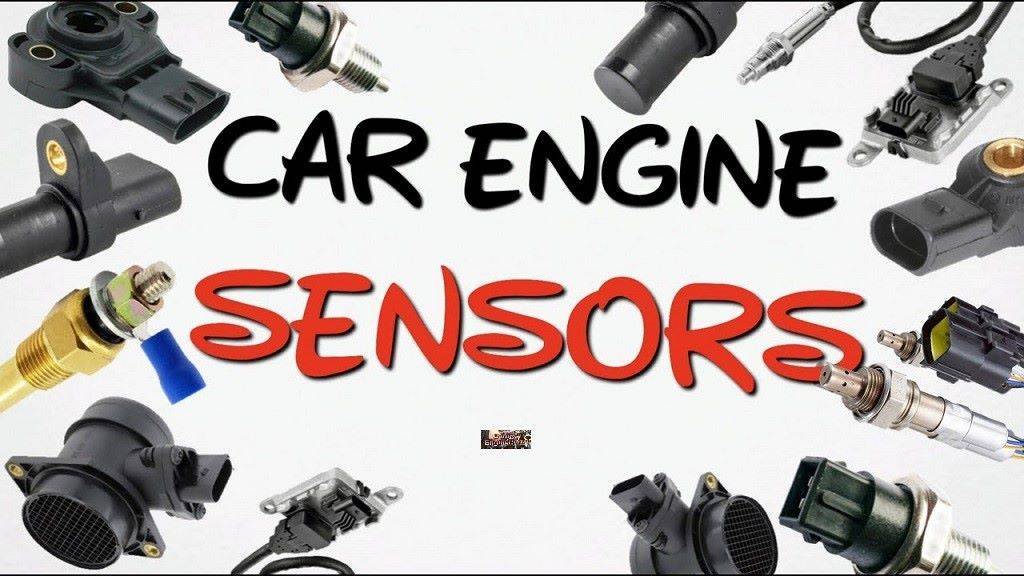
“Choose Your Help Topic Below”
- Crankshaft Camshaft Sensors: Monitor The Crank/Cams Position
- Engine Coolant Temperature (ECT) Sensor: Monitors Temperature
- Idle Air Control (IAC) Valve: Manages Your Engine’s Idle Speed
- Knock Sensors (KS): Are Used To Detect Engine Knock/Detonation
- Mass Air Flow (MAF) Sensor: Getting The Correct Amount Of Air
- Oxygen Sensors (O2): Measure The Oxygen Level In Your Exhaust
- Throttle Position Sensor (TPS): Updates The (ECM) About Air Flow
- Automotive Sensors: Monitoring Your Vehicle’s Vital Signs
They all monitor engine functions and send real-time data to the (ECU). Which then adjusts parameters like the air fuel ratio, ignition timing, and temperature. To optimize performance, fuel efficiency, and emissions.
Key Functions of Sensors
Engine Performance and Fuel Efficiency:
(MAF): Measures the amount of air entering the engine to help the ECU calculate the correct amount of fuel to inject.
(O2): Monitors oxygen levels in the exhaust to ensure the air-fuel mixture is optimal for efficient combustion.
(TPS): Tracks the position of the throttle to determine how much the driver is pressing the accelerator, allowing the ECU to adjust the throttle opening accordingly.
(MAP): Measures the pressure in the intake manifold, which helps the ECU determine the amount of air entering the engine for fuel calculation.
Engine Timing and Operation:
(CKP): Determines the position and rotational speed of the crankshaft to control ignition timing.
(CMP): Works with the crankshaft sensor to ensure the engine valves open and close at the correct time (valve timing).
(KS): Detects engine knocking (or “pinging”) caused by pre-ignition and alerts the ECU to adjust ignition timing to prevent damage.
Monitoring and Safety:
(ECT): Measures the temperature of the engine’s coolant to ensure the engine doesn’t overheat and to help with starting.
Oil Pressure: Monitors the engine’s oil pressure, alerting the driver if it is too low.
Thank You!
